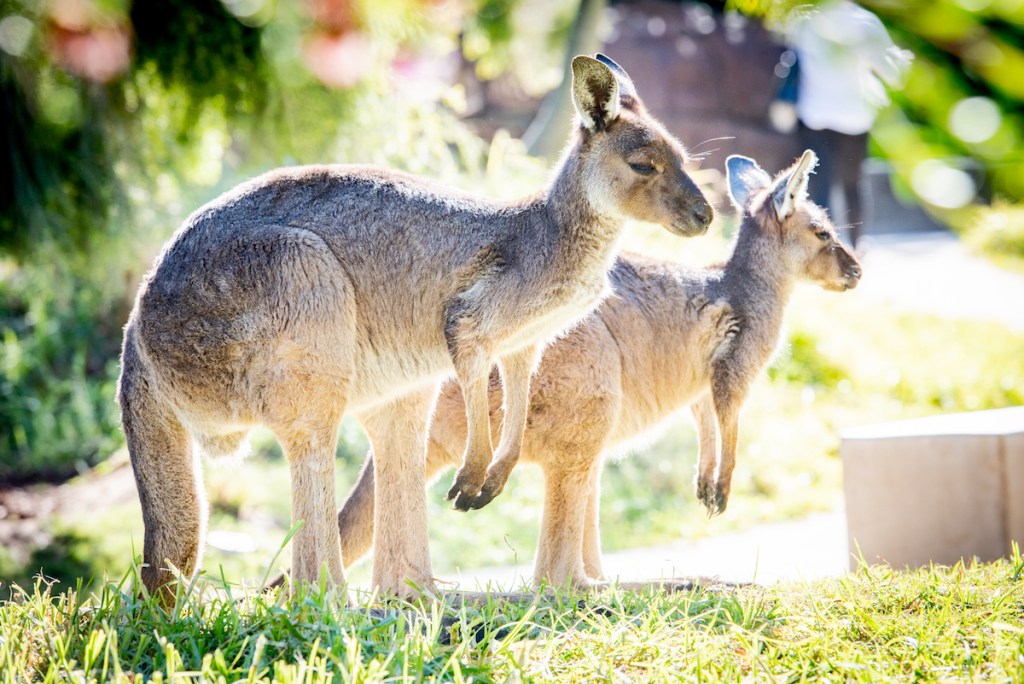A piece of the Australian Outback has been brought to the Santa Barbara Zoo at the Australian Walkabout exhibit, set to open Saturday, which allows guests to walk among iconic Australian species such as emus, kangaroos, and wallabies.
“It’s super exciting for us,” said Dr. Julie Barnes, who is originally from Australia and worked at a Sydney zoo for many years before becoming the Santa Barbara zoo’s vice president of animal care and health. “Our guests are actually going to get to be immersed in the space with the animals.” The $3 million project took two years to complete, with slight delays due to the pandemic, and was funded completely through private donations.
The 15,000-square-foot exhibit, constructed in the former elephant habitat, was built to mimic the natural layout of Australia and provides a one-way path for guests to walk among the free-roaming animals. The exhibit is also an opportunity to teach guests about habitat loss and conservation efforts being made in Australia. “A lot of populations have become decimated, not just in Australia but globally,” Barnes said. “Australia unfortunately has the fastest rate of mammal extinction in the world, mostly because of habitat loss, so we had to do what we could to conserve their environments and the animals.”
Living in the new exhibit are three male Western grey kangaroos, Max and brothers Aspen and Coolibah; two male and two female Bennett’s wallabies (brought in pairs as part of a breeding program); and two male emus. The exhibit also has an adjoining aviary, home to three native Australian bird species: the tawny frogmouth, the laughing kookaburra, and the sulphur-crested cockatoo. All the animals, if not born in Santa Barbara, were born and raised in North America before being transferred, and all are well acclimated to the presence of people.
The animals have free range of the exhibit, and guests are advised to stay on the path and be respectful of the animals’ home. There are several species of trees native to Australia planted around the exhibit for animals to eat from or lounge under. The kangaroos and wallabies are slightly skittish, hopping away whenever anyone gets too close and lounging in areas farthest away from the path. The emus, however, are much more curious, and many of their keepers described them as mischievous. An emu might approach, but keepers have trained them to not approach people directly. There are at least two keepers in the exhibit when guests pass through to monitor the animal’s behavior and remind guests not to encroach on the animals’ space.
The zoo also worked with a representative from the Aboriginal nations of Australia, according to S.B. Zoo spokesperson Jennifer Zacharias, to incorporate some of the culture and language of the more than 500 Aboriginal groups living in the country. This was done to be inclusive to the native groups of Australia, Zacharias said, and “to deepen the story of the exhibit, the country, and the animals for the guests.”
The Australian Walkabout exhibit will open to the public on Saturday, January 8.
Support the Santa Barbara Independent through a long-term or a single contribution.

